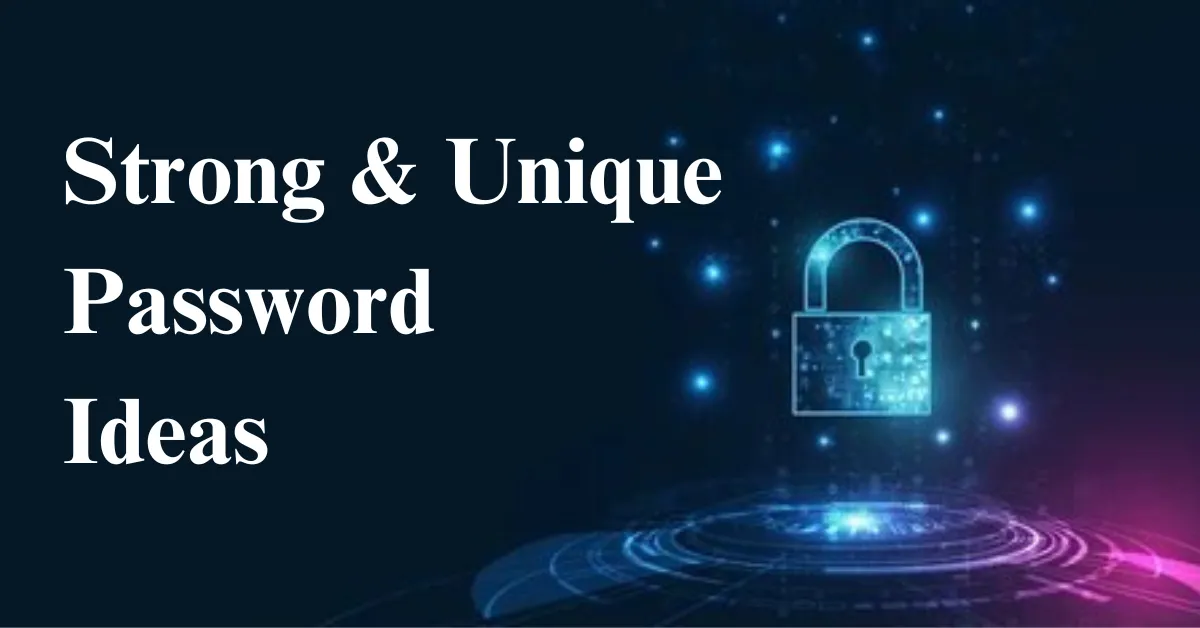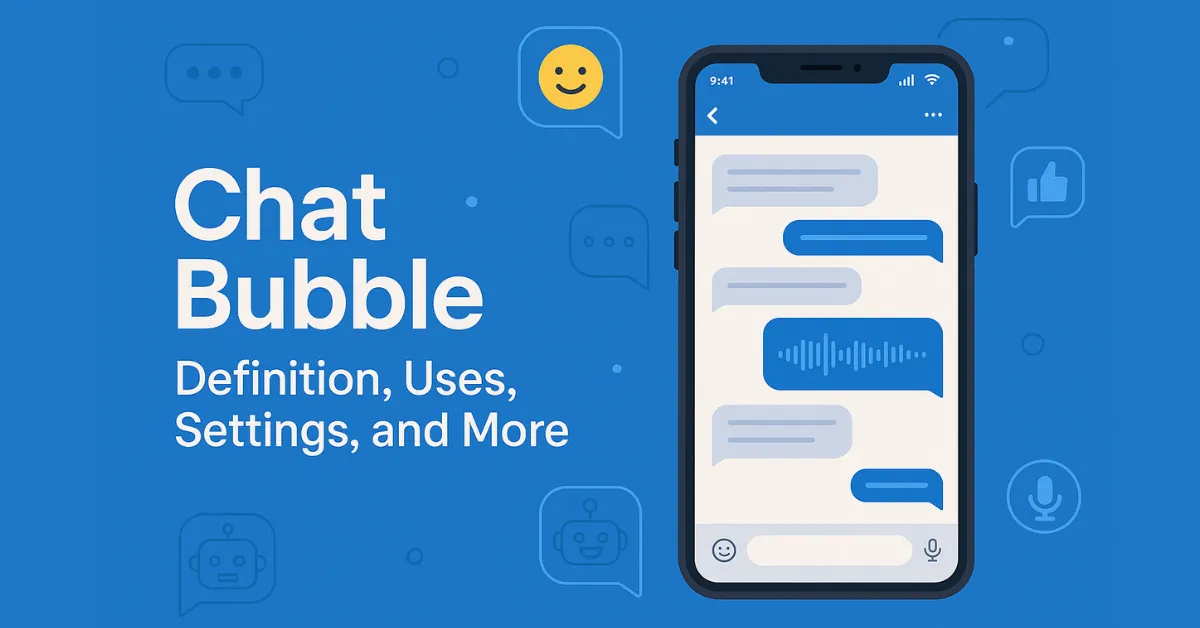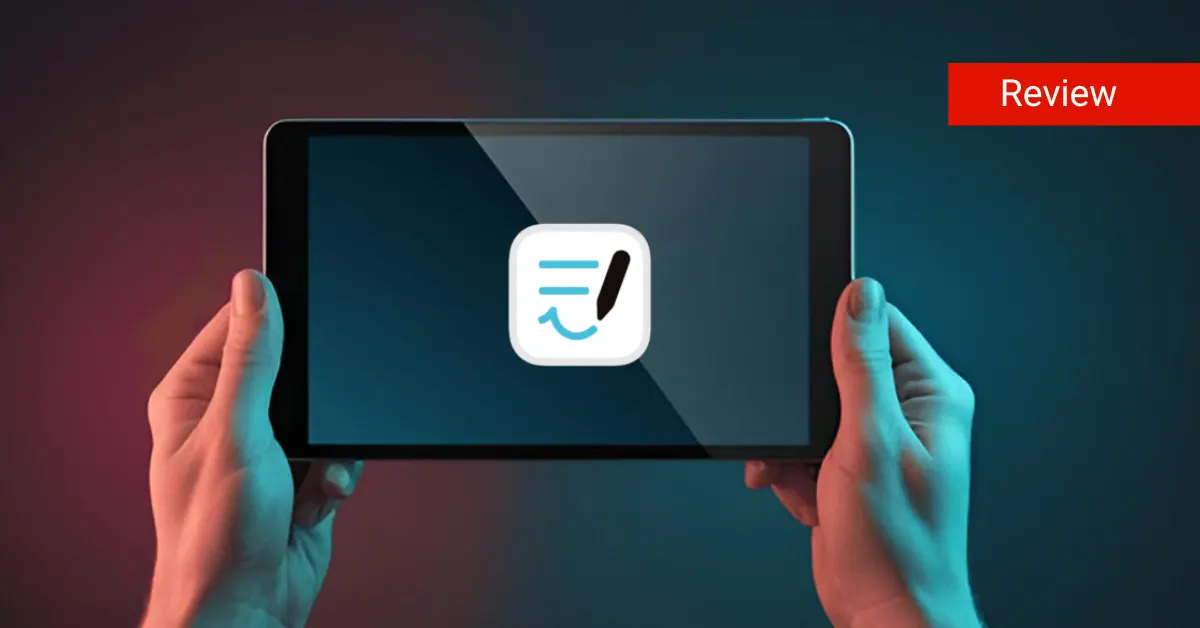30+ AI Art Styles for Stunning Image Generation | Master AI Art Creation
AI-generated art has become a revolutionary tool in the creative world. With advancements in machine learning and artificial intelligence, artists and creators now have a powerful tool to generate unique and innovative artwork.
AI art styles not only provide new ways to visualize concepts but also offer a variety of styles, from pixel art to photorealistic masterpieces. In this guide, we’ll explore different AI art styles, how to generate them, and how these styles can enhance your creative projects.
What is AI Art and Image Generation?

AI art refers to artwork created using artificial intelligence algorithms, particularly through tools that generate images based on user-defined prompts. The process involves training neural networks to recognize patterns, shapes, and compositions from large datasets. These AI models then generate new images based on the data they’ve processed.
AI image generation has opened up new frontiers in creativity, enabling the production of unique artwork in diverse styles. The process typically starts with the user providing a text-based prompt that describes the desired image, and the AI generates a visual representation.
Key AI Art Styles You Need to Know
AI art generation has revolutionized the way we think about visual art, allowing creators to explore a vast range of styles that mimic traditional, modern, and conceptual approaches. Here’s an expanded list of essential AI art styles to consider when generating your artwork:
1. Photorealistic Art
This style generates artwork that closely mimics real-world photography, creating images with intricate details, textures, and lighting. It’s often used for highly realistic character designs, landscapes, and product renderings.

2. Pixel Art
This retro art style uses small, square pixels to create images, reminiscent of early video game graphics. AI can be used to generate pixelated characters, scenes, and entire worlds, often for game design.

3. Anime Art
With a distinct, stylized look, AI can generate anime characters and scenes featuring large expressive eyes, colorful hair, and vibrant backgrounds, making it popular for digital illustrations and fan art.
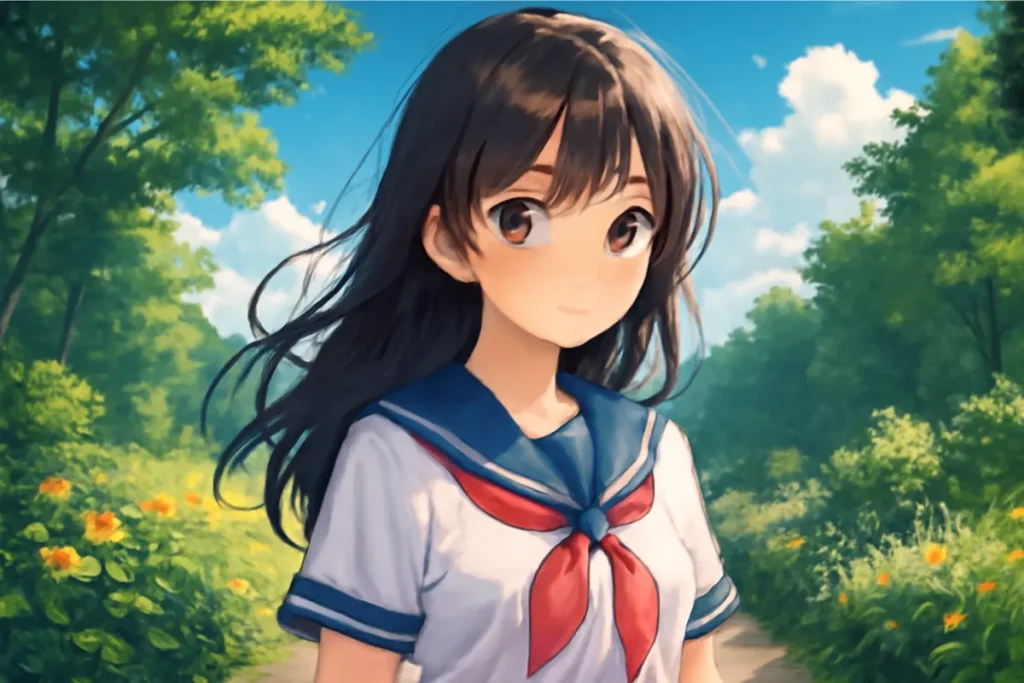
4. Cartoon Art
This art style simplifies characters and scenes into exaggerated features and bold outlines, making it ideal for children’s books, animated characters, and comic strips.
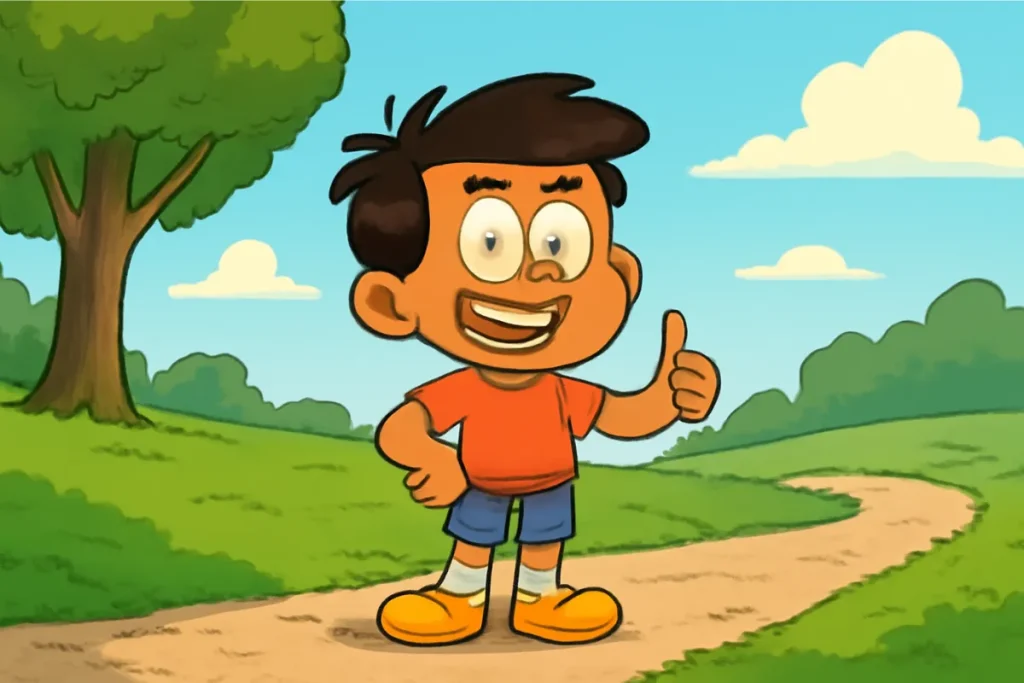
5. Cyberpunk
Inspired by futuristic dystopias, cyberpunk art combines dark urban environments with neon lighting, high-tech elements, and sci-fi themes. AI can create scenes of sprawling, tech-filled cities, often in neon color palettes.

6. Art Nouveau
Known for its flowing lines and organic, nature-inspired designs, this decorative style is great for creating elegant, ornamental visuals, often with floral motifs and intricate patterns.

7. Pop Art
Inspired by the works of Andy Warhol and Roy Lichtenstein, pop art features bright, bold colors and iconic imagery, often derived from popular culture, advertisements, and mass media.
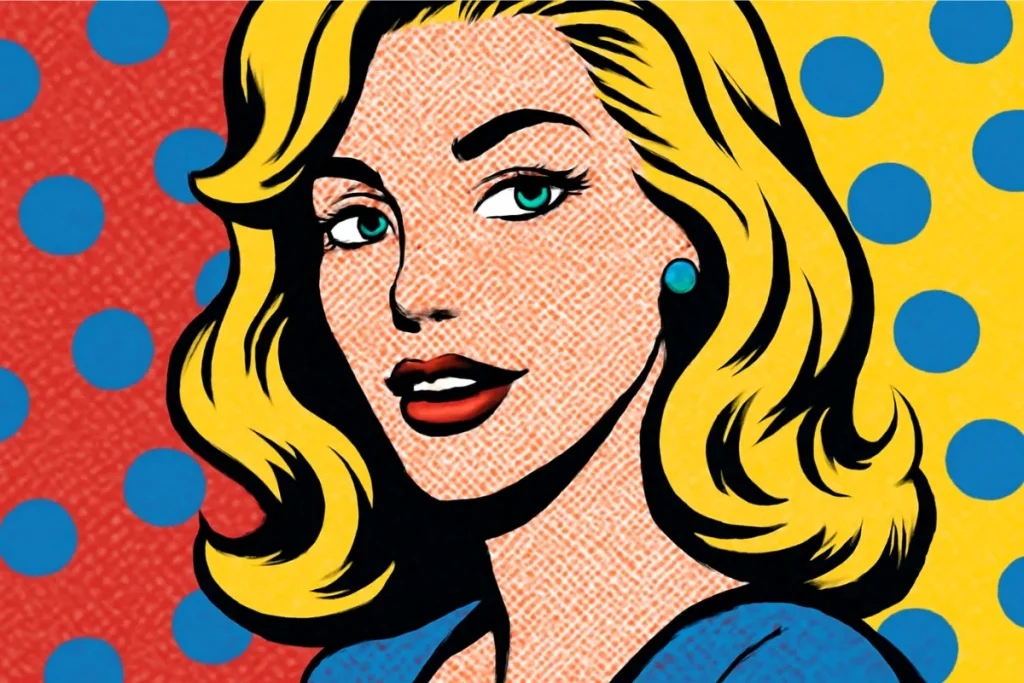
8. Psychedelic Art
Psychedelic art embraces surreal and vibrant colors, fluid shapes, and mind-bending visuals, often associated with the counterculture movement and altered states of consciousness.
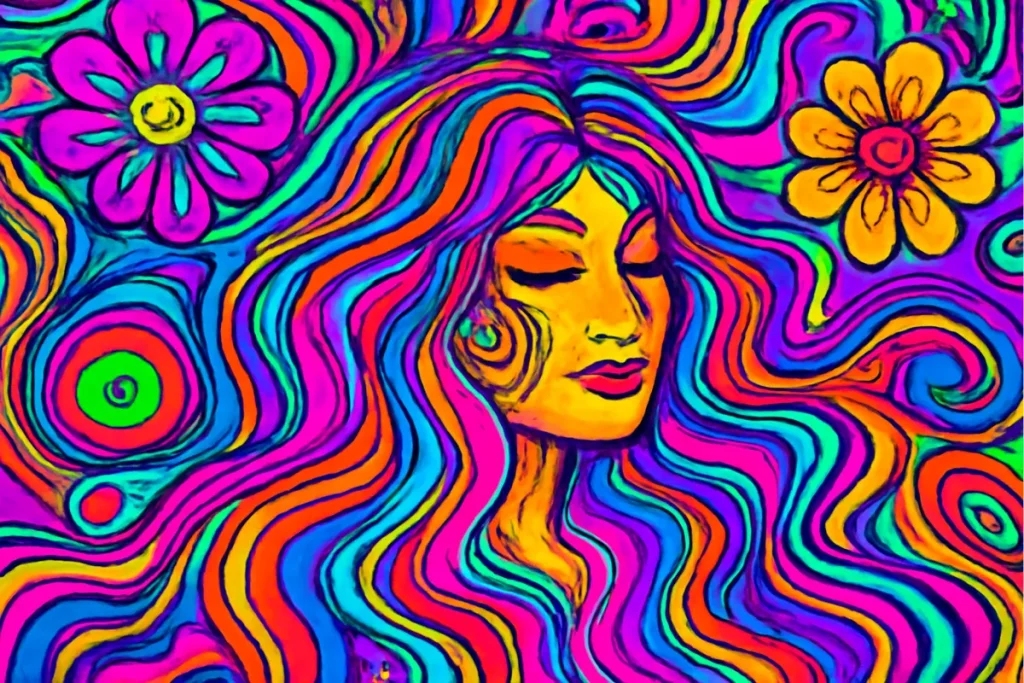
9. Street Art
Street art, influenced by graffiti, urban murals, and stencil art, often incorporates bold colors, abstract forms, and social or political commentary. AI can replicate street art for both physical and digital media.
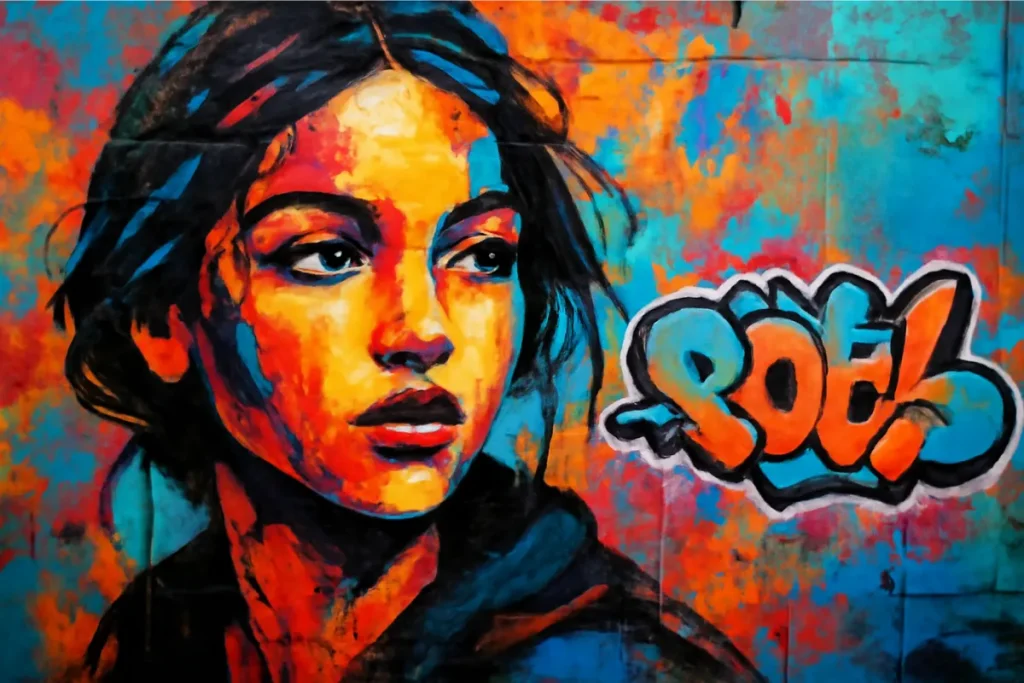
10. Impressionism
AI can generate artwork that mimics the brushstroke-heavy, light-focused technique of the impressionists, reminiscent of famous painters like Monet and Renoir. It emphasizes color and light rather than detailed depictions.

11. Oil Painting
AI-generated oil paintings replicate the thick, textured layers of traditional oil paints. These works often have rich color saturation and depth, capturing the essence of classical masterpieces.

12. Acrylic Painting
Similar to oil painting but with a faster drying time, acrylics lend themselves to bright, bold strokes and smooth, solid finishes. AI can generate vibrant acrylic art that feels both contemporary and expressive.
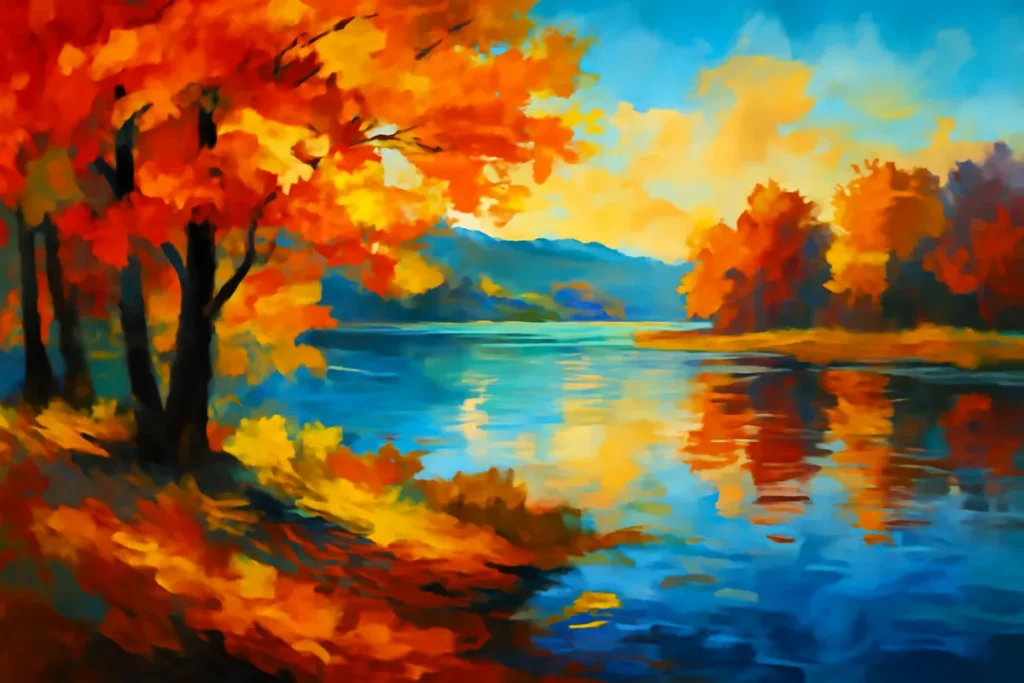
13. Minimalism
The minimalist art style focuses on simplicity, clean lines, and the use of limited color palettes. It strips down compositions to essential elements, often conveying powerful messages through restraint.
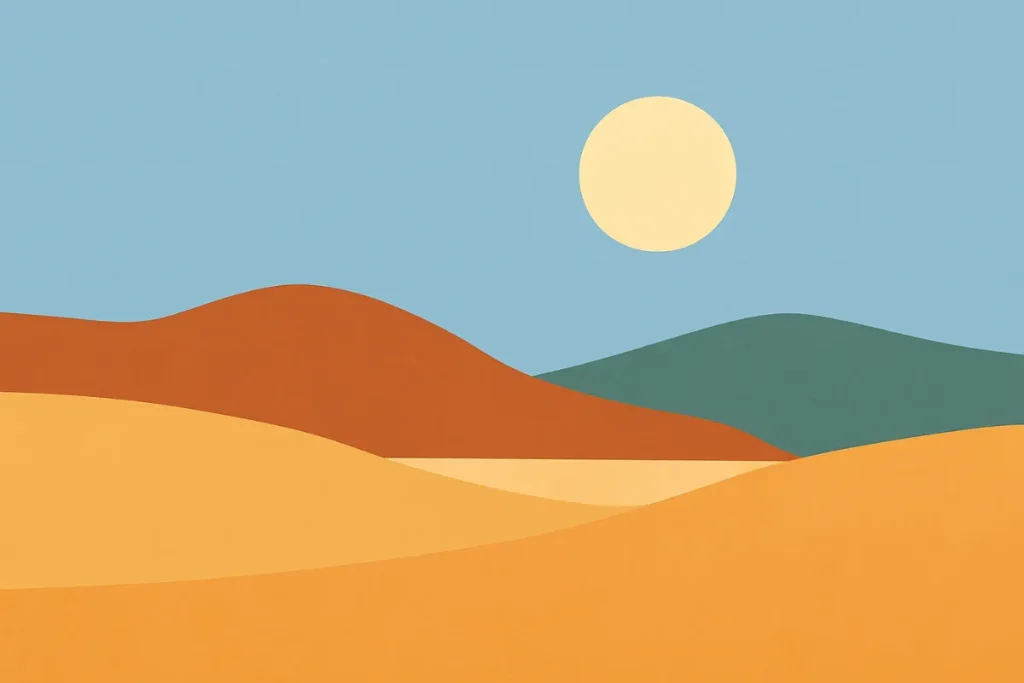
14. Glitch Art
Glitch art is an experimental style that embraces digital errors, static, and visual distortions. AI can produce images with corrupted pixels, fragmented patterns, and digital malfunctions, creating a unique and abstract aesthetic.
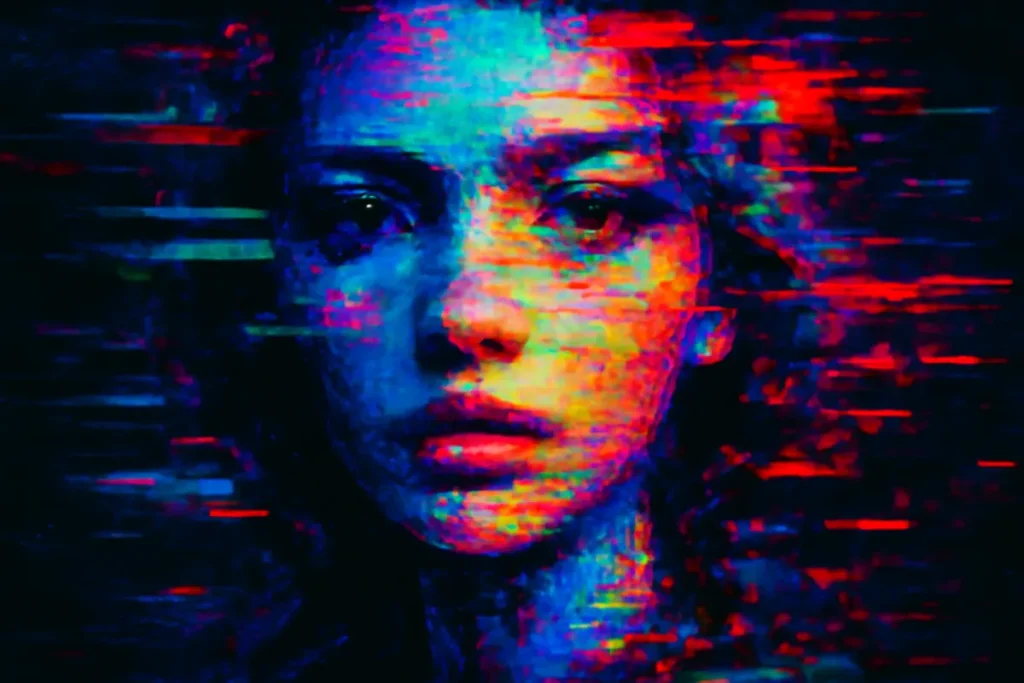
15. Wireframe
This geometric style uses lines and shapes to form the basic structure of objects. Often used in 3D modeling and architectural design, wireframe art offers a clean and technical aesthetic.
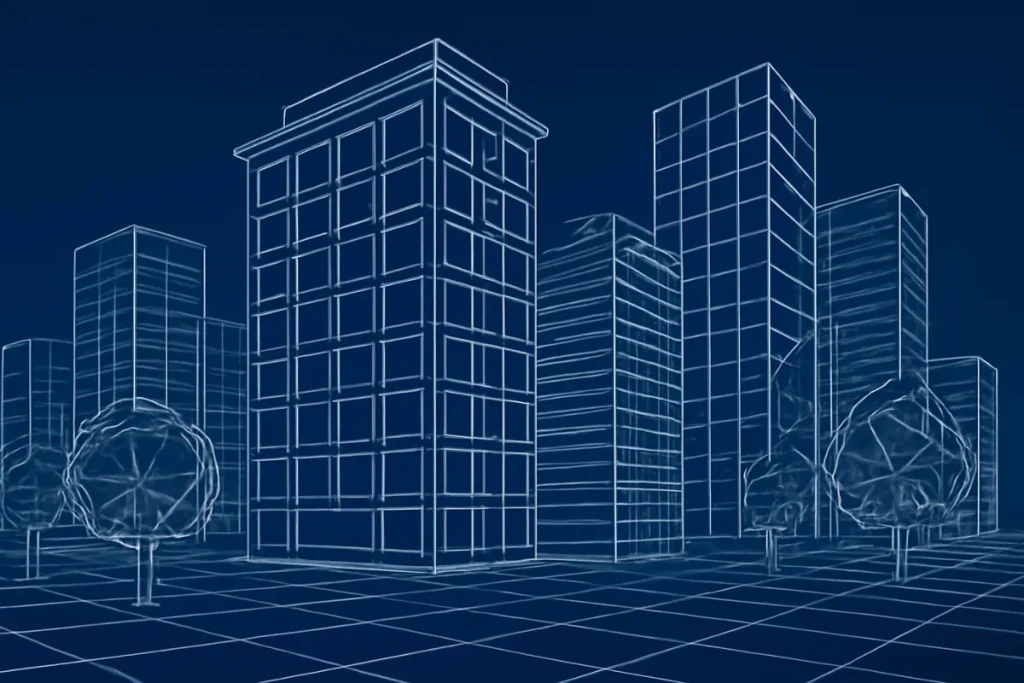
16. Low Poly
A minimalist 3D art style that reduces objects to basic polygonal shapes. Low-poly art is ideal for stylized digital art, game characters, and environments, often seen in indie game design.
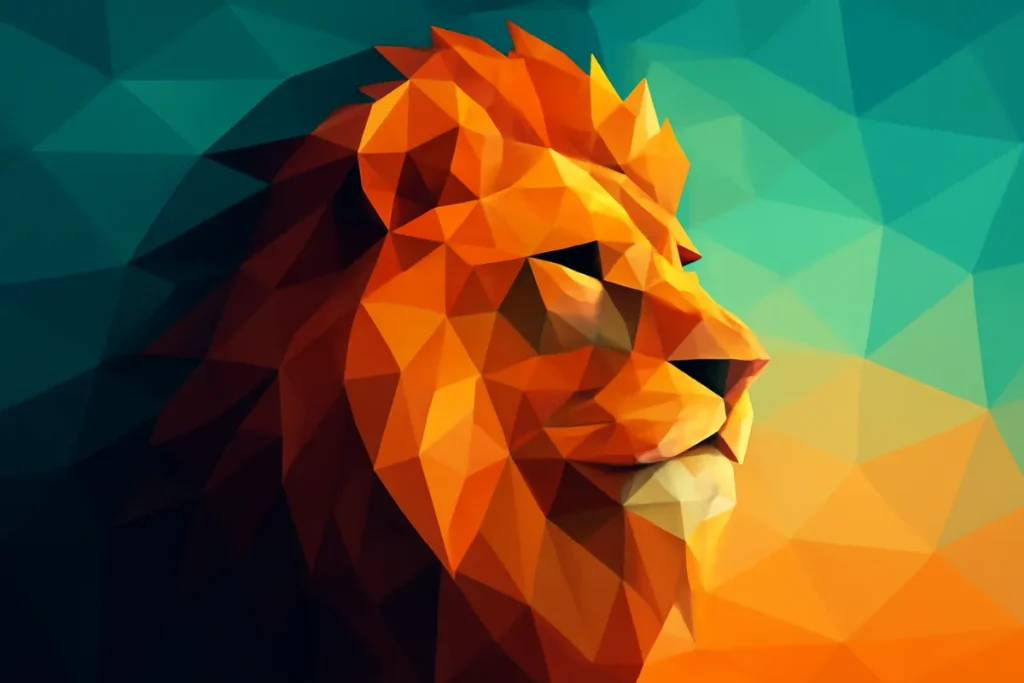
17. Double Exposure
This technique blends two distinct images into one, often by superimposing portraits with landscapes or other abstract imagery, creating a visually captivating, layered effect.
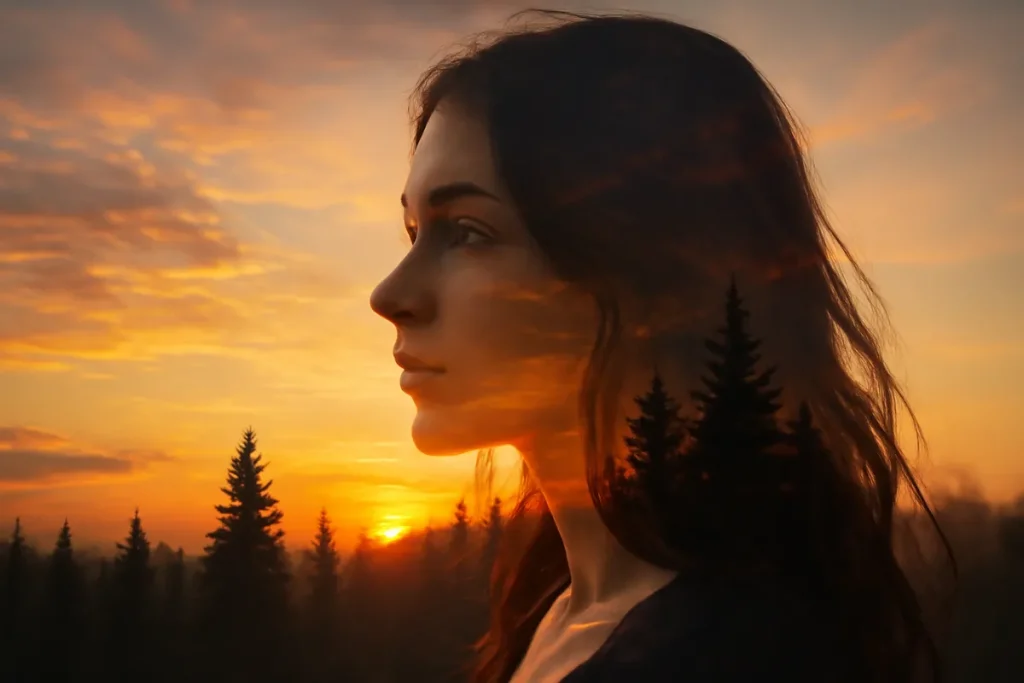
18. Sketch
AI-generated sketches mimic traditional hand-drawn lines, offering raw, minimalistic representations of objects or people. It’s commonly used in concept art, storyboarding, and quick visual ideation.
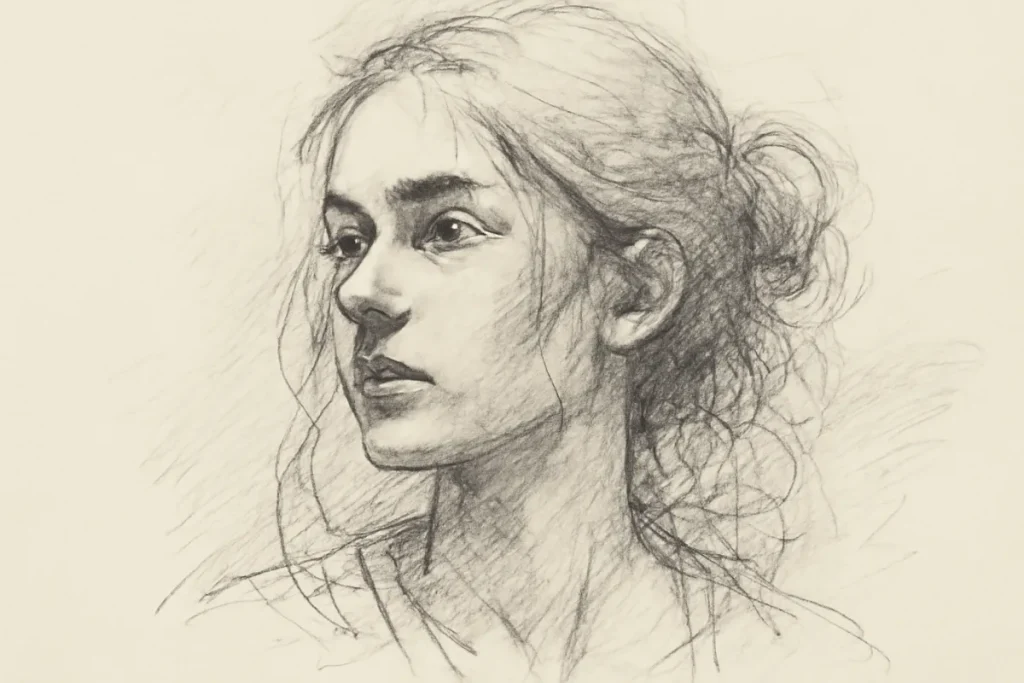
19. Isometric Art
This style creates a three-dimensional appearance without perspective, often used in technical illustrations, video games, and architectural designs.
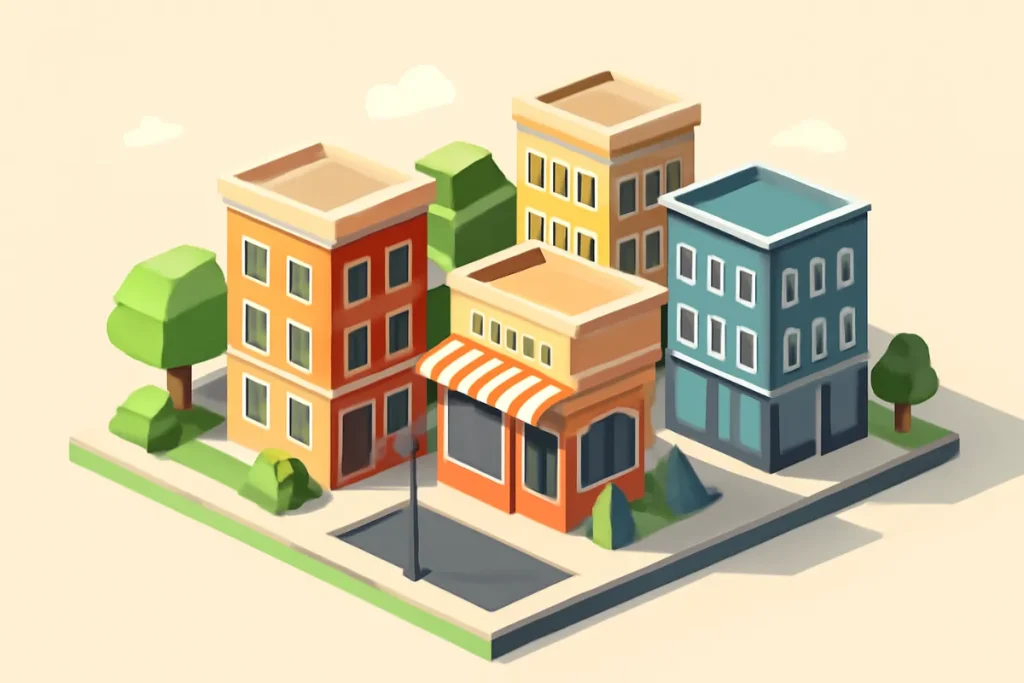
20. Neon Art
Neon art uses bright, glowing colors and lights to create futuristic and vibrant designs. AI can generate artwork with neon elements, often in the context of cyberpunk or retro-futuristic aesthetics.
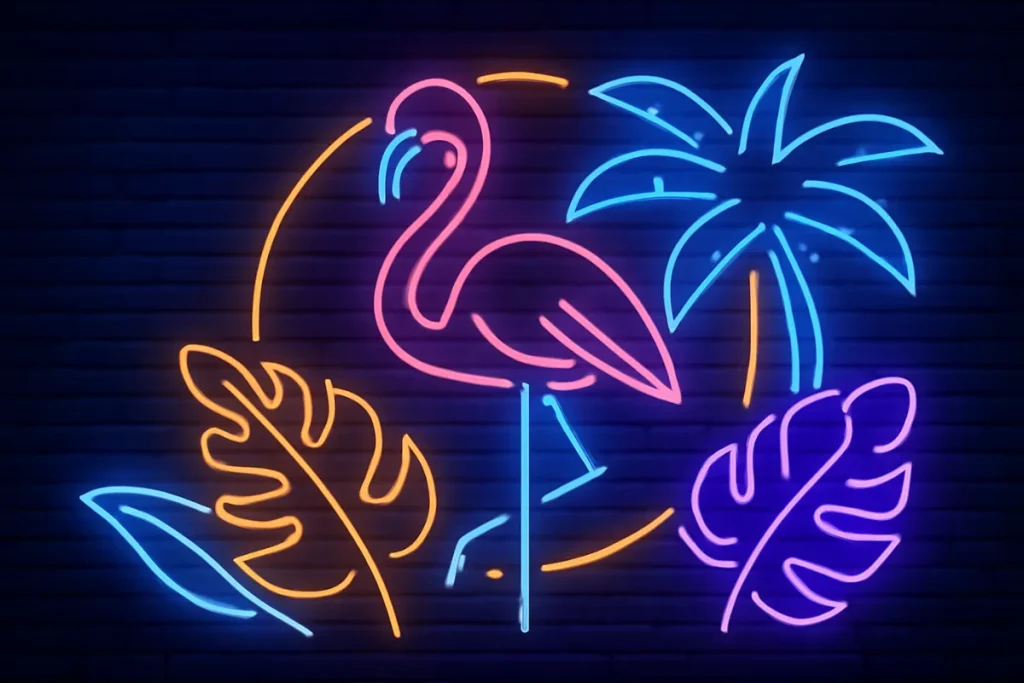
21. Impressionist Portraits
In this style, AI generates portraits that focus on light, brushstrokes, and color contrasts, evoking the style of famous impressionist portrait artists. The result is often a soft, dreamy version of the subject.
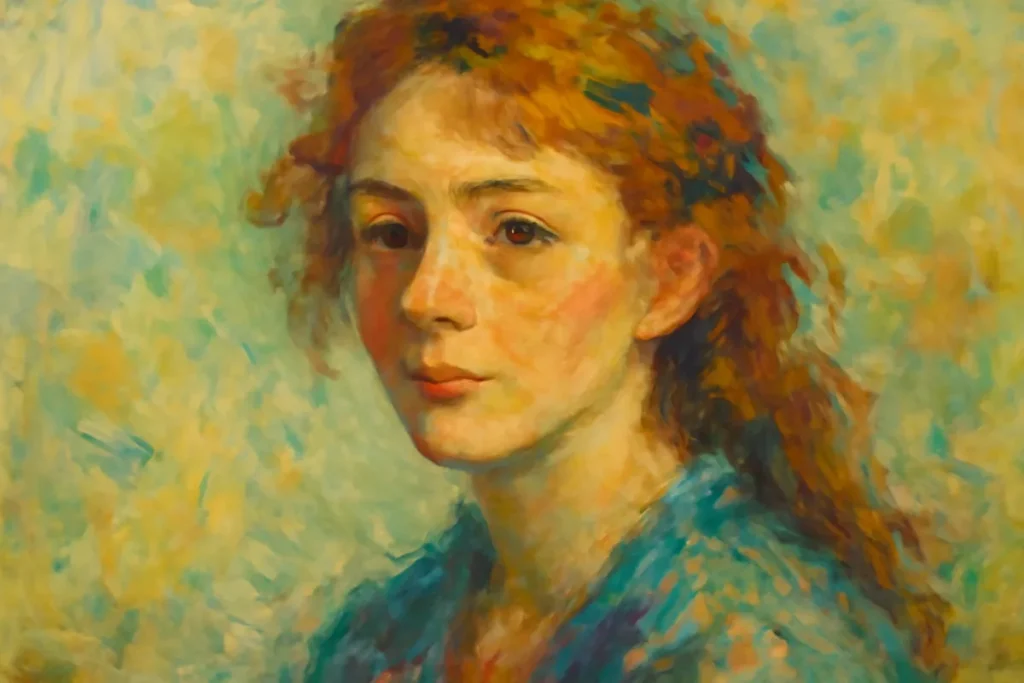
22. Abstract Art
AI can generate non-representational art that relies on shapes, colors, and forms to evoke emotions or ideas. Abstract AI art leaves much open to interpretation, allowing the viewer to make their meaning.

23. Sumi-e Art
Sumi-e is a traditional Japanese ink painting style that emphasizes simplicity and subtlety. AI can replicate this style, using bold brush strokes and a limited color palette to capture landscapes, flowers, and animals.
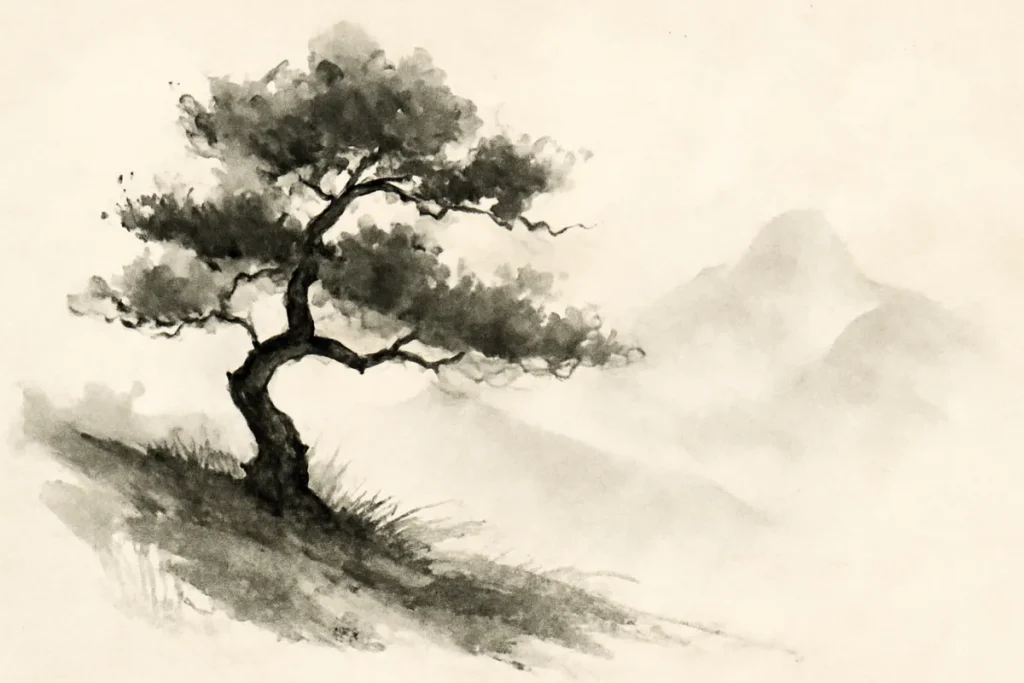
24. Risograph Art
A printing technique that produces vibrant, textured images, risograph art gives a hand-made feel, even when digitally generated. It uses a spot-color printing process to create unique, layered visuals.
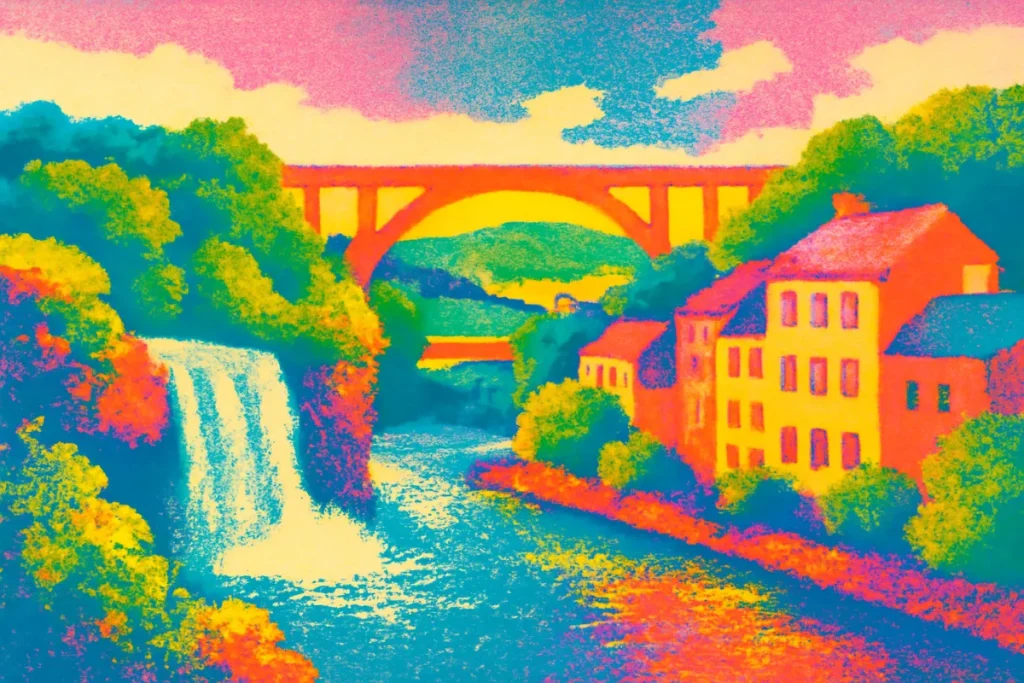
25. Kinetic Art
Art that gives the illusion of movement, kinetic art can be created with AI by simulating dynamic, shifting elements, often incorporated into digital art or motion graphics.

26. ASCII Art
Using characters from a computer’s character set, ASCII art forms images that are typically created from letters, numbers, and symbols. It’s a niche style often used for creative expression in text form.
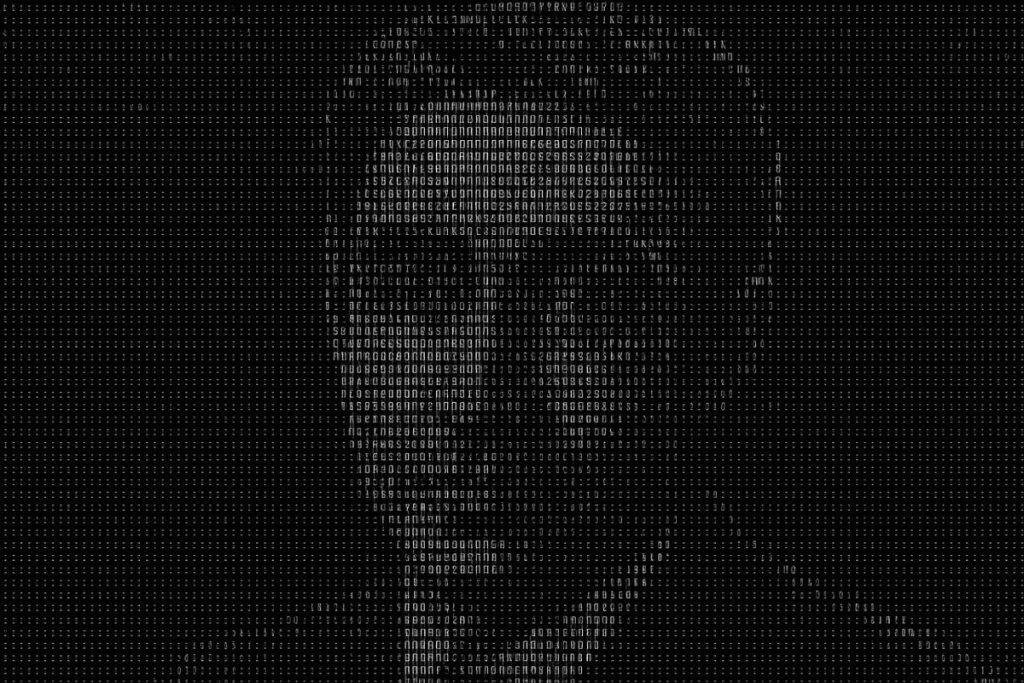
27. Futuristic Style
AI can generate art that blends abstract, geometric designs with a forward-thinking, technological aesthetic. This style is perfect for creating visuals related to space exploration, innovation, and the future.
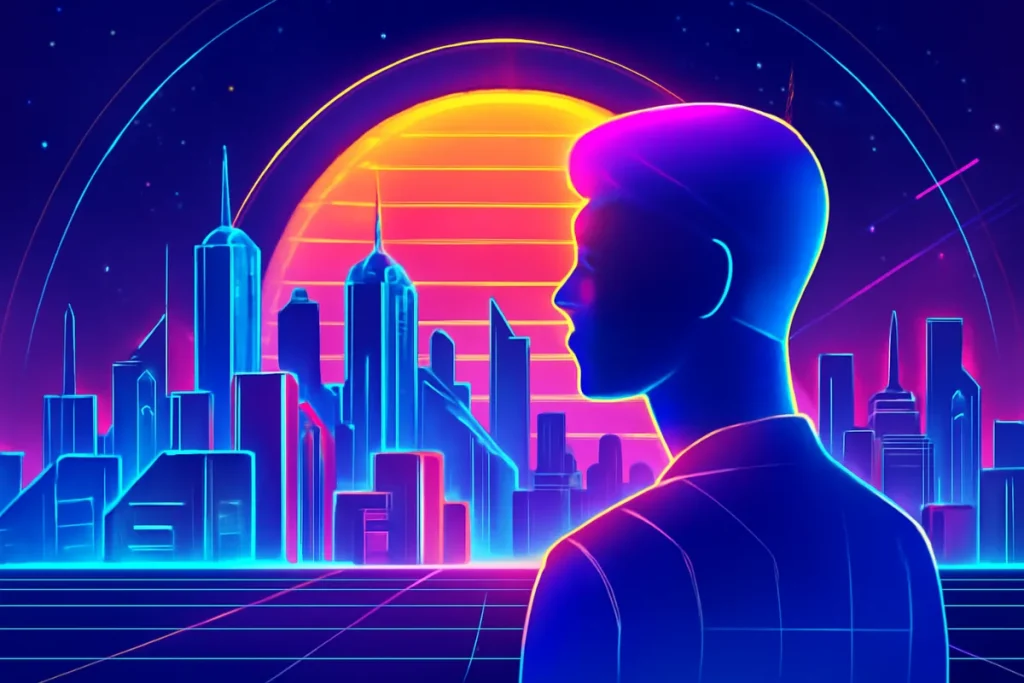
28. Papercraft
AI can also mimic the appearance of paper-cut designs or 3D papercraft art, giving digital images a handcrafted feel that is often used for illustrative design work and children’s books.
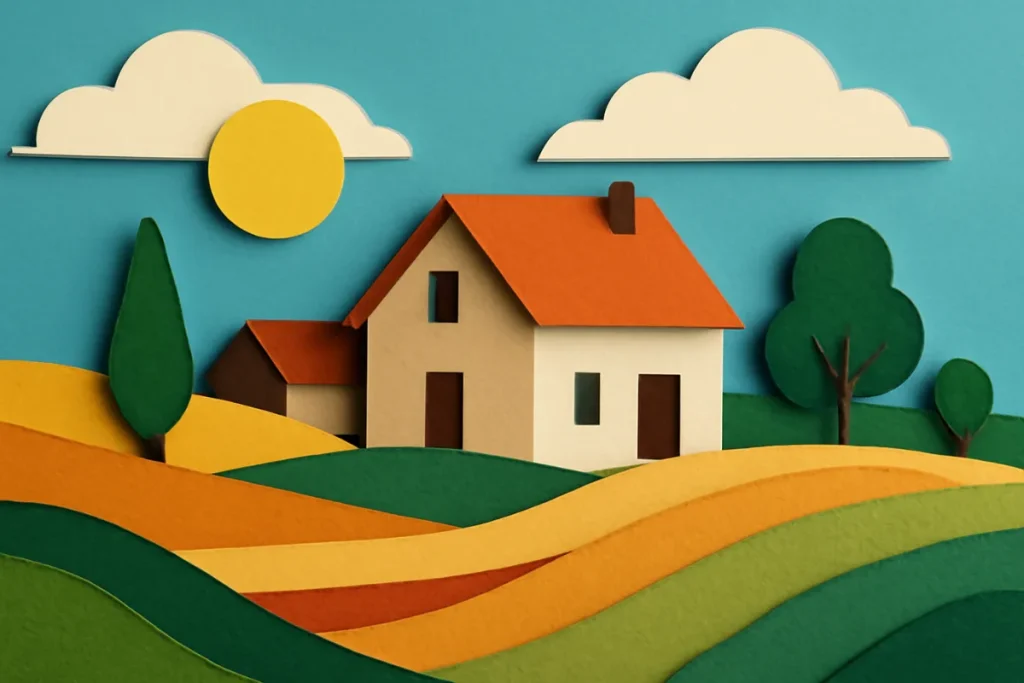
29. Retro-Futurism
Combining vintage elements with futuristic concepts, retro-futurism in AI art generates visuals that depict an alternate version of the future, influenced by past interpretations of technology.

30. Art Deco
This highly stylized visual art movement incorporates geometric patterns, bright colors, and a luxurious aesthetic. AI can generate art that incorporates the sharp lines and glamor associated with the Art Deco style.
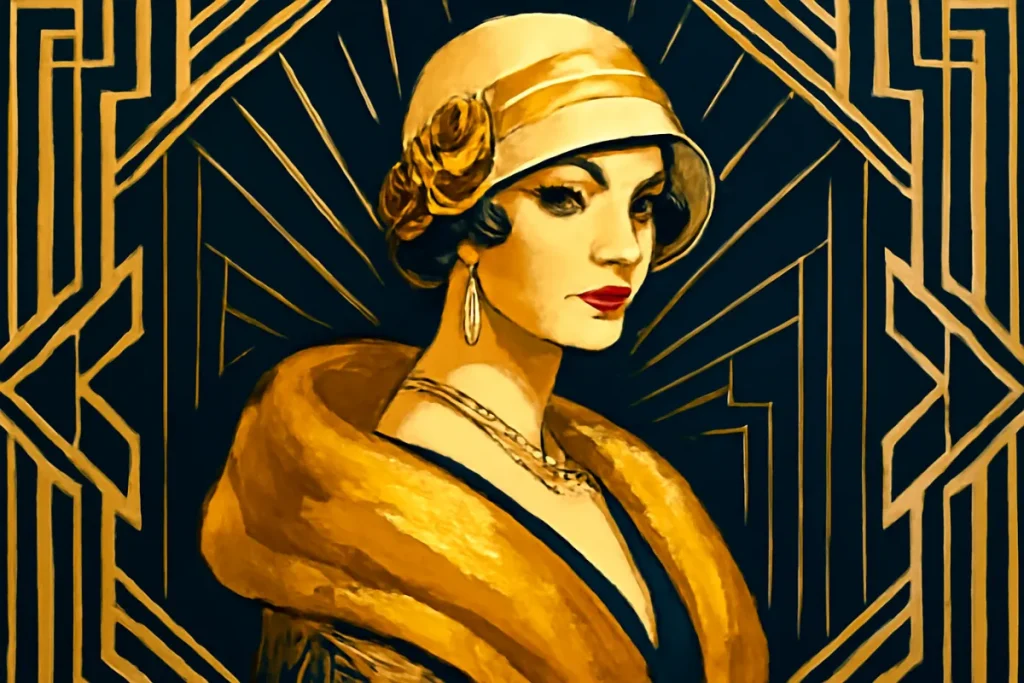
Exploring Other Notable AI Art Styles
Apart from the most popular styles, AI image generation can also create more niche art styles, each offering unique and creative possibilities:
- Abstract Art: AI can produce abstract art that doesn’t represent reality but conveys emotions or ideas through colors, shapes, and forms.
- Sumi-e Art: A traditional East Asian brush painting style that uses minimalistic strokes to capture the essence of subjects, from landscapes to animals.
- Risograph Art: A printmaking technique that gives images a textured, layered appearance, often with vibrant and contrasting colors.
- Kinetic Art: A style focused on the illusion of movement, using technology to create dynamic, shifting images.
- ASCII Art: Art created from characters in a computer’s character set, often used for creative expression in text form.
For secure access to your AI-generated artworks, consider these password ideas.
The Role of AI Art Generators
AI art generators like DALL·E, MidJourney, and Stable Diffusion have transformed the way we create images. These tools use deep learning and natural language processing to turn text prompts into visual representations. With just a few words, users can create anything from a pixel art dragon to a psychedelic landscape. If you’re exploring digital tools for your creative projects, check out our comparison of GoodNotes vs Notability.
Using these tools, creators can experiment with different styles, refine prompts, and even combine multiple styles to produce unique artworks. By using advanced machine learning algorithms, these AI art generators provide users with the ability to explore limitless creative possibilities.
For more on digital note-taking apps, read our review of GoodNotes.
How to Create Your AI Art Using Various Styles
Creating AI art is simpler than ever. Here’s how you can get started:
- Choose an AI Art Generator: Select a platform like MidJourney, DeepAI, or DALL·E.
- Pick a Style: Decide on an art style from the ones mentioned earlier. For instance, if you’re interested in futuristic designs, you might choose Cyberpunk or Neon Art.
- Write a Detailed Prompt: To get the best results, provide detailed prompts. For example, “Create a photorealistic portrait of a woman with a neon background” or “Generate a glitch art style of a cityscape.”
- Refine Your Results: Based on the AI’s output, tweak your prompt until you get the desired result. Experiment with different styles, lighting, and compositions.
Learn how to organize your work with saved files on your iPhone for better access.
Best Practices for Using AI Art Styles in Your Projects
AI-generated art is an invaluable tool in various industries:
- Marketing & Branding: Use AI art styles to create logos, promotional materials, and unique brand visuals.
- Gaming & Animation: AI-generated characters and environments can enhance your gaming or animation project.
- NFTs & Digital Art: AI can generate stunning one-of-a-kind pieces for sale in the NFT market.
- Print & Merchandise: Use AI art for custom T-shirts, posters, and merchandise designs.
Always ensure that the AI-generated art aligns with your project’s aesthetic and message. If you’re looking to improve your skills, consider exploring Continuing Professional Education (CPE) options.
CPE credits can help you advance in your career while learning new technologies and techniques.
Exploring Popular Image Generators and Creative Tools for AI Art
AI-powered image generators and photo editors are quickly becoming essential tools for artists, designers, and creators. These platforms allow you to create, modify, and enhance images with just a few simple prompts. Whether you’re looking to create a cartoon character, generate a realistic image, or even design your floor plan, these tools have something for everyone.
Let’s explore some of the most popular free image generators and image creation tools that can help you take your creativity to the next level.
Image Generation and Editing Tools
- DALL·E
DALL·E is one of the most advanced image generators, capable of creating AI-generated images from textual descriptions. Whether you need a Studio Ghibli image, cyberpunk fashion, or a realistic image generator, DALL·E can produce intricate artwork that matches your vision. It’s also perfect for creating unique AI-generated images for your personal or commercial projects. - MidJourney
MidJourney is a powerful text-to-image generator that allows users to generate stunning artwork in a wide variety of styles. From fantasy map generators to 3D character creators, MidJourney is perfect for those looking to create digital art that stands out. You can also use it for AI-generated characters, comic creators, or AI-generated tattoos. - DeepAI
DeepAI provides a range of image editing tools and AI-based artwork creation features, including the deep image generator and image creation tools. Whether you want to generate images from text, convert your photos into line drawings, or create custom fantasy characters, DeepAI’s platform offers versatile solutions for digital artists. - Bing Image Creator
Using AI and text-to-image prompts, Bing’s image creator allows users to generate images quickly from descriptive text. You can create a cartoon of your favorite celebrity, anime portraits, or a steampunk scene with detailed customization options. It’s a great tool for those experimenting with different image styles. - OpenAI Image Generator
Another great AI tool for creating digital artwork is OpenAI’s image generator, which is designed to help you craft images based on specific descriptions. Whether you’re interested in generated pixel art, abstract designs, or AI-generated landscapes, this tool enables the creation of diverse styles that can be used in various projects.
When creating digital avatars, consider incorporating chat bubbles for added personalization.
Photo and Avatar Generation Tools
- Photo Editor Online Free
If you want to edit photos quickly and easily, tools like photo editor online free provide simple yet powerful options. These platforms allow you to remove backgrounds, adjust colors, and apply filters like the buzz cut filter, tattoo generator, or braces filter. You can also transform your image into a vintage painting, cartoon style, or pixel art using their advanced filters. - Character Generator and Avatar Makers
For game designers, illustrators, or anyone interested in creating digital characters, character generators and avatar creators offer an efficient way to build custom avatars. Whether you’re creating an anime character for a manga story, a D&D character, or a fantasy hero, these tools allow you to bring your imagination to life. - Face Aging App
Want to see how you’ll look as you age? Use an aging filter or aging app to simulate how your face will change over time. AI tools like these can create realistic aging effects or transform your portrait into an older version, adding years to your face or turning you into a grandparent with just a few clicks. - Free Clothes Remover Tools
For some artistic or experimental purposes, clothes remover tools can help you explore digital models or create artistic nudes in a controlled environment. While typically used for fashion design or anatomical art, these tools can also be applied in AI-generated character design and 3D modeling.
Need some inspiration for captions? Check out our funny Instagram captions for your AI-generated art posts.
Creative and Fantasy Art Generators
- Fantasy World Map Generators
For creators building worlds for games, stories, or movies, fantasy map generators are a crucial tool. These tools allow you to create intricate, visually appealing maps of cities, countries, or entire fantasy realms. You can customize terrain, color schemes, and labels to match the world you’ve created. - Steampunk Fashion
Steampunk is a popular aesthetic that blends Victorian-era design with futuristic machinery. Many image generators offer steampunk fashion design tools, allowing you to create unique outfits, accessories, and landscapes that fit this retro-futuristic style. AI tools make it easier than ever to bring this genre to life in digital art. - Fantasy Creature Generators
Fantasy creature generators let you bring mythical beings to life. Whether you’re looking to generate a dragon, a cyber beast, or a sci-fi creature, these tools use AI art generators to create detailed, high-quality designs. You can mix different animals, monsters, or create your hybrid fantasy creatures. - Zentangle Art
For a more intricate and relaxing style, zentangle is a popular art form that involves creating repetitive patterns and designs. Zentangle generators help you generate complex patterns that can be used for digital drawings or even custom tattoo designs. This meditative style is widely used in both digital and traditional art forms. - Graffiti Art Generator
Graffiti generators allow you to create urban art styles digitally. These tools replicate the vibrant colors, abstract shapes, and street-level artwork that define graffiti culture. Whether you’re creating a graffiti logo or wall art for a project, these generators provide the creative freedom to design without boundaries. - AI-generated Emojis and Avatars
AI can also help you create personalized emojis, avatars, or emoji art that reflects your unique personality. You can turn your photos into emoji avatars, cartoon characters, or even generate custom anime emojis using these tools. - Image Editing and Customizations
Once your image is generated, image editing tools like Canva image editor or photo editors allow you to fine-tune the image, add effects like filters, text, or stickers, and apply photo-to-painting effects. Whether you need to remove clothing for design purposes, edit facial expressions, or create 3D photos, these platforms offer everything you need to perfect your artwork.
If you’re working with digital marketing, learn the GTM(Go-to-Market) meaning to enhance your strategy.
Common Challenges in AI Art Creation
While AI art is powerful, there are challenges to be aware of:
- Overfitting: Sometimes, the AI may generate repetitive or generic images if the prompt is too vague or too similar to existing data.
- Quality Control: The quality of AI-generated art can vary, and you may need to refine prompts several times before getting the perfect image.
- Ethical Issues: Concerns about copyright, ownership, and the originality of AI-generated content.
The Future of AI Art Styles
As AI technology continues to evolve, the possibilities for art creation will only expand. We can expect even more innovative art styles to emerge, and AI will likely play a more prominent role in mainstream creative industries. From AI art galleries to automated NFT collections, the future is bright for AI in art.
Conclusion
AI art styles are reshaping the creative world by offering new ways to generate unique and engaging images. Whether you’re an artist looking for inspiration or a business seeking to add a fresh touch to your marketing materials, AI-generated art provides endless possibilities. Start exploring these styles and create your masterpieces today!
FAQs
What are the styles of AI images?
AI images can be created in styles such as photorealism, anime, pixel art, cyberpunk, minimalism, pop art, and more. The style depends on the prompt provided to the AI tool.
What art styles is ChatGPT good at?
ChatGPT excels at generating prompts for a variety of art styles, including anime, cartoon, abstract art, pop art, impressionism, and minimalism. However, ChatGPT cannot generate images itself.
Can AI draw NSFW?
Yes, AI can generate NSFW images, but most platforms have strict guidelines to prevent explicit content. Tools like DALL·E and MidJourney usually have filters in place to block NSFW generation.


